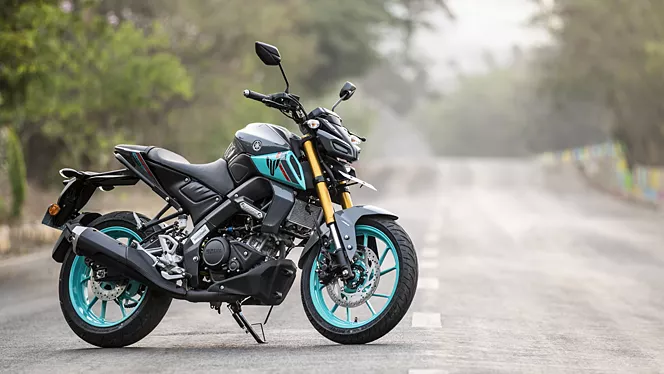China has long been a dominant player in the global clothing manufacturing industry, supplying garments to renowned brands worldwide. However, questions about quality and compliance have often arisen. This article delves into the mechanisms China’s clothing manufacturers employ to ensure both quality standards and compliance with regulations.
Quality Assurance Processes
1. Stringent Supplier Selection
China’s clothing manufacturers begin by carefully selecting their suppliers. They vet potential partners based on factors such as reputation, reliability, and adherence to quality standards. By partnering with reputable suppliers, manufacturers lay a strong foundation for product quality.
2. Rigorous Material Inspection
Before production begins, raw materials undergo thorough inspection. Manufacturers assess the quality, authenticity, and compliance of fabrics and other materials to ensure they meet specifications. This step helps prevent issues down the production line.
3. Advanced Production Technologies
China’s clothing manufacturers leverage advanced production technologies to enhance quality and efficiency. Automated processes and precision machinery enable consistent output while minimizing errors. Additionally, these technologies facilitate customization and flexibility in manufacturing.
4. In-Process Quality Checks
Throughout the manufacturing process, quality checks are conducted at various stages. Skilled technicians inspect garments for defects, ensuring that each piece meets specified standards. Any deviations are addressed promptly to maintain quality consistency.
5. Final Product Inspection
Before packaging and shipping, a final inspection is conducted on finished garments. This comprehensive assessment verifies that products meet all quality criteria, including stitching, sizing, color accuracy, and overall appearance. Only items that pass inspection proceed to distribution.
Compliance with Regulations
1. Adherence to Labor Standards
China’s clothing manufacturers comply with labor regulations to uphold ethical practices. They provide safe working conditions, fair wages, and reasonable working hours for employees. Regular audits and certifications validate their commitment to labor standards.
2. Environmental Sustainability Measures
In response to growing environmental concerns, manufacturers implement sustainability measures. They adopt eco-friendly production practices, minimize waste generation, and invest in renewable energy sources. Compliance with environmental regulations is integral to their operations.
3. Product Safety Standards
China’s clothing manufacturers adhere to stringent product safety standards to protect consumers. They comply with regulations governing materials, dyes, and finishes to ensure garments are safe for wear. Testing procedures and certifications validate product safety and compliance.
4. Supply Chain Transparency
Maintaining transparency throughout the supply chain is essential for compliance. Manufacturers establish clear communication channels with suppliers and partners, facilitating traceability and accountability. Documentation and audits verify compliance at every stage of production.
Conclusion
China’s clothing manufacturers prioritize quality assurance and compliance to meet the expectations of global markets. Through stringent quality control processes, advanced technologies, and adherence to regulations, they ensure the production of high-quality garments while upholding ethical and legal standards. By continuously refining their practices and embracing innovation, China’s clothing manufacturers remain leaders in the industry, trusted by brands and consumers alike.



